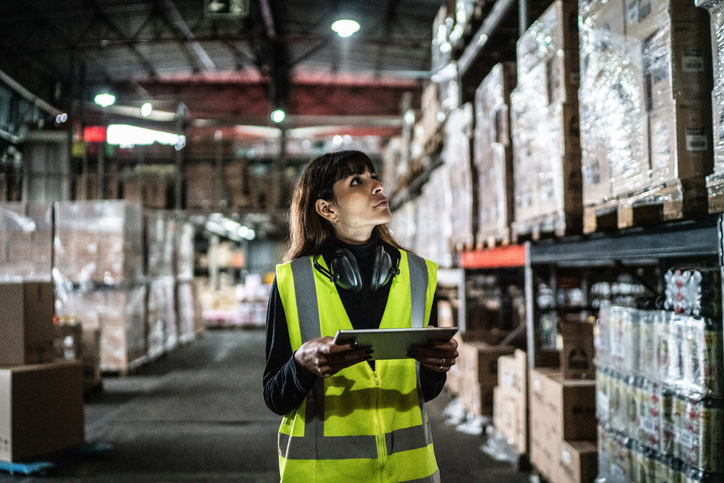The just-in-time supply chain that thrived pre-COVID-19 is evolving into a more forward-thinking incarnation that is highly attuned to risk management at both the macro and micro levels.
On the macro front, the U.S. government is funding an initiative to map the global supply chain network and predict vulnerabilities early enough for mitigation.
Spearheaded by Northern Arizona University, the Supply Chain Critical Infrastructure Risk Management Platform (SCRIMP) is being designed to help the United States better protect critical supply chain infrastructures. In it, “fused global data analytics and visualization technology” is being applied to open-source data on a global scale to map the overall supply chain, identify vulnerabilities and predict risks to within a few percentage points of accuracy. SCRIMP aims to eventually provide real-time information and a complete picture of the highly complex global supply chain network.
While the value of a diverse supply chain is well-known, “what’s new is the addition of statistical precision,” Benjamin Ruddell, professor, School of Informatics, Computing, and Cyber Systems and founder of the FEWSION project, Northern Arizona University, tells GEN.
By adding modern analytics, the ability to predict shocks to the supply chain increases to within a few percent points of accuracy, he says. “So, we can engineer and optimize complex supply chains to better manage risks.”
Supplier switch-ups
Looking at the micro scale, supply chain shortages during the pandemic spurred the formation of many small companies to supply high-quality processing ingredients and aids—such as resins. Their ability to scale up and deliver economies of scale may be missing. Already a few years into development, their customers may find it cost-prohibitive to return to their historic suppliers and constraining to remain with their new suppliers. “It will be interesting to see whether these suppliers can meet the demands of later-stage, large-scale requirements,” Patti Seymour, managing director, bioprocess technology group, BDO, tells GEN. If they can, well-established global players will face competition.
The White House focus on advancing biomanufacturing continues to be worth watching, Seymour says. “The United States has the highest volume of biomanufacturing in the world right now, but we predict that by 2027 Europe will have more capacity than the United States,” leading to friend-shoring.
Asian biomanufacturing capacity is growing too, but China remains a concern. “There’s still a lot of sensitivity to manufacturing there, because it’s difficult to export products from China,” Seymour says. While all countries have regulatory requirements for exports, what takes less than a week to arrange in the United States or Europe takes about four weeks in China.


